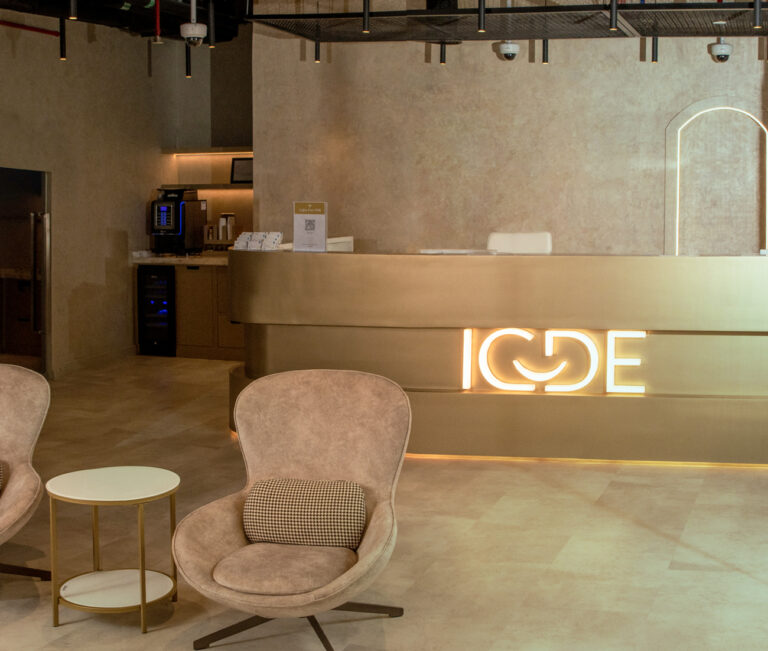Exploring The Benefits Of Advanced Technology In Dental Centers

The integration of advanced technology in dental centers has developed the field of dentistry, significantly improving the quality of care, efficiency of treatments, and patient experience. Below are some of the key benefits that advanced technology brings to a dental center Abu Dhabi.
Improved diagnostic accuracy:
Advanced diagnostic tools, such as digital X-rays and 3D imaging, provide detailed and accurate images of the teeth, gums, and jaw. These technologies allow dentists to identify issues that might be missed with traditional methods. For instance, digital X-rays reduce exposure to radiation while providing clearer images, and 3D imaging offers inclusive views that are invaluable for planning treatments like implants or orthodontics.
Improved treatment precision:
Technological advancements have led to more precise treatment methods. Laser dentistry, for example, allows for minimally invasive procedures that are less painful and have faster recovery times compared to traditional methods. Lasers can be used for a variety of treatments, including cavity removal, gum reshaping, and teeth whitening, providing a high degree of precision and control.
Increased patient comfort:
Modern dental technology significantly improves patient comfort. For instance, intraoral cameras allow patients to see what the dentist sees, helping them understand their treatment needs and reducing anxiety. Sedation dentistry options have also improved, making it easier for patients with dental phobia to undergo necessary treatments. Additionally, digital impressions replace the need for uncomfortable traditional molds, making the process quicker and more comfortable.
Faster and more efficient procedures:
Advanced technology streamlines dental procedures, making them faster and more efficient. CAD/CAM (Computer-Aided Design and Computer-Aided Manufacturing) systems allow the creation of precise dental restorations, such as crowns and bridges, in a single visit. This eliminates the need for multiple appointments and temporary restorations, saving time for both patients and dentists.
Better patient education:
Technology improves patient education by providing clear visual aids. Digital imaging and 3D models help dentists explain treatment plans and demonstrate outcomes. This improves patient understanding and engagement, leading to more informed decisions about their oral health.
Improved record-keeping and communication:
Digital record-keeping systems streamline the management of patient information, ensuring accurate and up-to-date records. These systems facilitate better communication between dental professionals, specialists, and patients. They also support smooth coordination of care, especially for complex treatments that require input from multiple dental specialists.




